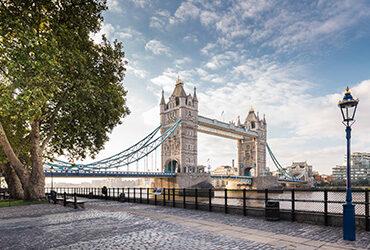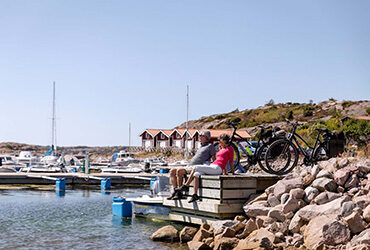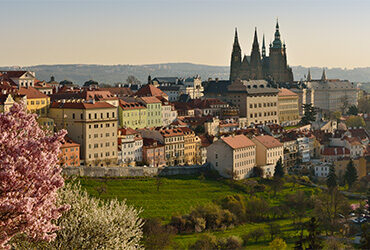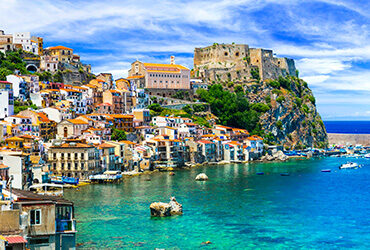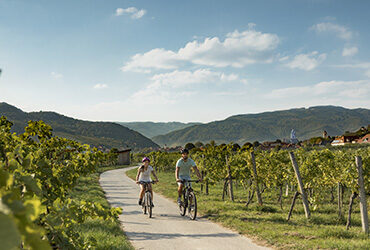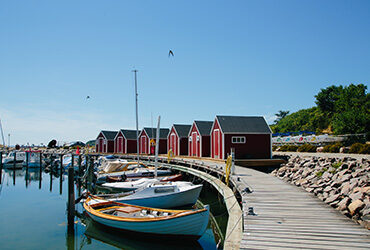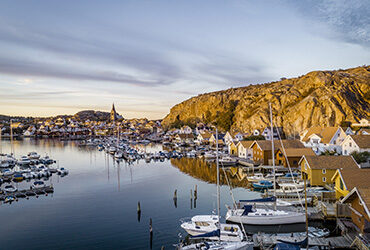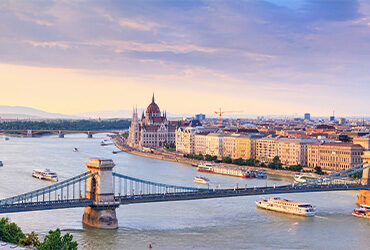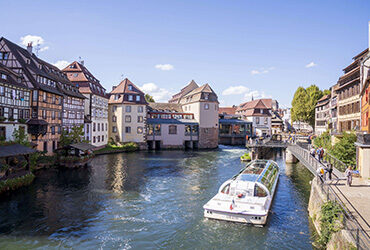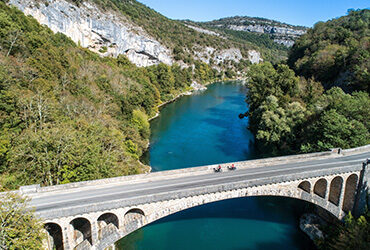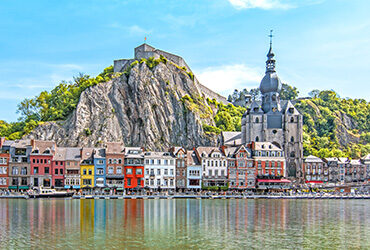Travelling on the EuroVelo network
A unique way to discover Europe!
At a time when the world is opening up to the idea of more sustainable and immersive travel, the EuroVelo network is an irresistible invitation to discover Europe in a unique way. Let’s explore together the hidden treasures of EuroVelo, where every kilometer reveals a new facet of European history.
The EuroVelo network
The EuroVelo network represents an ambitious initiative to create a network of transcontinental cycle paths, stretching across the whole of Europe. Spearheaded by the European Cyclists’ Federation (ECF), the project aims to link European countries by coherent, well-maintained cycle routes, offering an ecological and healthy alternative to traditional means of transport.
Launched in 1995, the EuroVelo network currently comprises 17 main routes, totaling over 90,000 kilometers of cycle paths and crossing 40 countries. Each route, distinctively numbered, offers a specific cycling experience, from the Atlantic coast to the shores of the Black Sea.
Since its launch, EuroVelo has evolved considerably, with new sections added regularly and constant improvements made to existing infrastructure. Local authorities, cycling organizations and volunteers play a crucial role in the development and maintenance of this network, demonstrating the commitment of an entire community to environmentally-friendly mobility.
Beyond its practical dimension, EuroVelo also embodies the values of conviviality, exchange and discovery. Every kilometer covered along these routes represents an opportunity to meet new people, share experiences and create lasting memories. As a symbol of European unity and cross-border cooperation, EuroVelo is much more than just a network of cycle paths. It’s an invitation to explore, experience and appreciate the diversity of our continent, while contributing to a more sustainable future for generations to come.
Europe has a great diversity of climates due to its size and varied topography. This means you can find favorable conditions for cycling all year round:
- In Central Europe, cyclists can explore the hilly landscapes and charming villages of Austria’s Wachau Valley during the blossoming spring. Blazing autumn reveals its full splendor along Germany’s Elbe Cycle Route, offering breathtaking views of colorful vineyards and medieval castles.
- Mediterranean regions offer cyclists warm destinations such as Italy’s Amalfi Coast, where they can pedal along steep cliffs overlooking the Tyrrhenian Sea in mild winters. In summer, Croatian islands like Hvar offer peaceful cycling routes through traditional villages and unspoilt Mediterranean landscapes.
- In the Nordic countries, cyclists can explore the cycle paths of Norway’s west coast in cool summers, admiring the fjords and tumultuous waterfalls. In Sweden, the Lake District offers winding routes through verdant forests and along sparkling lakes, creating an immersive cycling experience in the heart of Nordic nature.
Check out our story on the EuroVelo network to find out more! We share tips and route ideas for exploring Europe by bike.
EuroVelo cycle routes
EuroVelo 1, the Atlantic Coast Route: follows Europe’s Atlantic coast from Norway to Portugal, offering varied coastal landscapes and tourist attractions.
EuroVelo 2, the Capitals Route: links the city of Galway in Ireland to Moscow in Russia, passing through several European capitals such as Dublin, London, Berlin and Warsaw.
EuroVelo 3, the Pilgrims Route: this cycle route follows historic Christian pilgrimage routes, linking Trondheim in Norway to Santiago de Compostela in Spain.
EuroVelo 4, the Central Europe Route: crosses Central Europe from Roscoff in France to Kiev in Ukraine, passing through cities such as Brussels, Prague and Krakow.
EuroVelo 5, the Via Romea (Francigena): this links London to Rome, via France, Switzerland and Italy.
EuroVelo 6, the Atlantic – Black Sea Route: this follows the banks of three major European rivers, the Loire, Rhine and Danube, crossing ten countries from the Atlantic to the Black Sea.
EuroVelo 7, the Sun Route: crosses Europe from north to south, from North Cape in Norway to Malta, via Scandinavia, Germany, Italy and the Mediterranean.
EuroVelo 8, the Mediterranean Route: runs along the Mediterranean coast from Cadiz in Spain to Athens in Greece, via France, Italy and Croatia.
EuroVelo 9, the Baltic-Adriatic Route: links the Baltic and Adriatic Seas, crossing Central Europe from Finland to the east coast of Italy.
EuroVelo 10, the Baltic Sea Cycle Route: follows the coastline of the Baltic Sea, linking Bergen in Norway to St. Petersburg in Russia.
EuroVelo 11, the East Europe Route: crosses Europe from west to east, linking North Cape in Norway to Athens in Greece, via Eastern Europe and the Carpathians.
EuroVelo 12, the North Sea Cycle Route: runs along the North Sea coast, linking Bergen in Norway to London in the UK, via the Netherlands, Belgium and France.
EuroVelo 13, the Iron Curtain Trail: this cycle route follows the former Iron Curtain that divided Europe during the Cold War, crossing Eastern Europe and linking northern Norway to the Black Sea.
EuroVelo 14, the Waters of Central Europe: a 1,150-kilometer cycle route that takes you from Zell am See in Austria to Debrecen in Hungary.
EuroVelo 15, the Rhine Cycle Route: this follows the Rhine River from its source in the Swiss Alps to its mouth in the Netherlands, via France and Germany.
EuroVelo 17, the Rhone Cycle Route: follows the Rhône River from its source in the Swiss Alps to the Mediterranean Sea, passing through Switzerland and France.
EuroVelo 19 , the Meuse Cycle Route: follows the Meuse valley from its source in France through Belgium to its mouth in the Netherlands.

